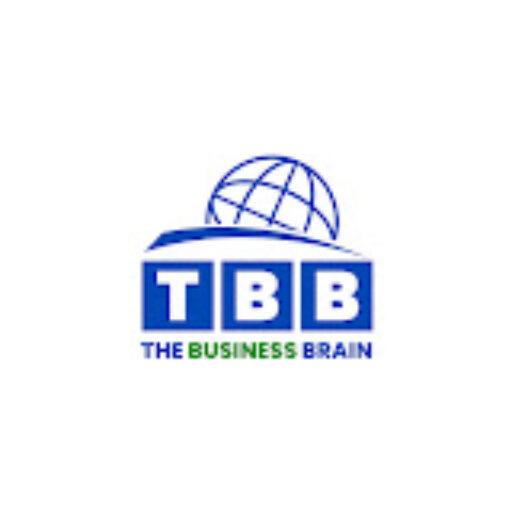The IRS’s announcement of updated tax brackets and deductions for 2025 has significant implications for individuals and businesses. For business owners, the increased standard deduction—rising to $15,000 for individuals and $30,000 for married couples—means more disposable income, which could potentially boost consumer spending on products and services. Additionally, businesses that support tax advisory, financial planning, or payroll services will need to adapt their offerings to accommodate these changes, ensuring compliance for their clients. Adjustments in tax credits, such as the Earned Income Tax Credit (EITC) and adoption credits, can also influence workforce decisions, especially for companies that provide benefits to employees in these areas. Understanding the ripple effects of these tax adjustments can help businesses strategically plan their financial and operational decisions in the coming years.
Tax Bracket Adjustments and Business Strategy: Updated tax brackets, which are adjusted for inflation, will slightly shift income thresholds. This adjustment means businesses need to revisit salary structures, employee bonuses, and compensation packages to ensure they remain competitive in the market. High inflation in recent years has caused larger bracket adjustments, allowing employees to shield more income from taxes, and 2025 will continue this trend, though at a lower rate. Financial advisors and payroll departments should closely monitor these changes to inform both individual and corporate clients.
Standard Deductions and Consumer Behavior: With the standard deduction increasing for both single filers and married couples, disposable income may see a marginal increase for consumers. This provides opportunities for retail, real estate, and service-oriented businesses to capitalize on potential rises in consumer spending. It may also encourage more investments in homeownership or big-ticket items as people manage their tax burdens more effectively. Businesses offering financial products, such as retirement accounts or investment services, should highlight the tax benefits of contributing to these options, leveraging the increased disposable income resulting from higher standard deductions.
Impact on Employee Retention and Workforce Management: Updates to tax credits, including the Earned Income Tax Credit (EITC) and Child Tax Credit, could directly impact employee take-home pay. Businesses may need to account for these changes in their workforce management strategies. For example, with higher EITC thresholds, employees with low to moderate incomes may find additional financial relief, potentially improving retention rates. Small businesses, in particular, may see benefits in workforce stability as employees experience less financial strain from tax burdens.
Gift and Estate Tax Planning for Business Owners: Business owners and high-net-worth individuals may need to revisit their estate and gift tax strategies, as the gift tax exclusion increases to $19,000 in 2025. This higher exclusion allows for more strategic wealth transfers to heirs or charitable donations, minimizing tax liabilities in estate planning. For family-owned businesses, these changes can influence succession planning and asset transfers, as more wealth can be passed on without triggering taxes.
Planning for 2026 and Beyond Potential Expiry of Tax Cuts: Looking beyond 2025, businesses must also prepare for the potential expiration of key provisions from the Tax Cuts and Jobs Act (TCJA) of 2017. If no legislative action is taken, tax rates will revert to pre-2017 levels with a higher top marginal rate of 39.6%. Businesses should anticipate these changes and begin adjusting their tax strategies accordingly.
Adjusted Tax Brackets and Implications for Payroll: The IRS inflation-adjusted tax brackets mean businesses must review salary and compensation packages with new marginal tax rates. Companies need to ensure that they remain competitive in attracting talent without compromising budgetary goals. For employers, adjustments to withholding amounts are crucial to avoid unexpected tax liabilities for employees.
Increased Standard Deductions Boosting Consumer Spending: The rise in the standard deduction to $15,000 for individuals and $30,000 for married couples potentially increases disposable income for consumers. Businesses in retail, hospitality, and other service-based industries can capitalize on this opportunity by offering products and services that encourage spending. More discretionary income can lead to a rise in consumer confidence, boosting sales across various sectors.
Stay informed and up to date on the latest business insights, strategies, and financial news by subscribing to our channel, where we bring you content that dives deep into the trends shaping industries and how you can leverage them for success.





